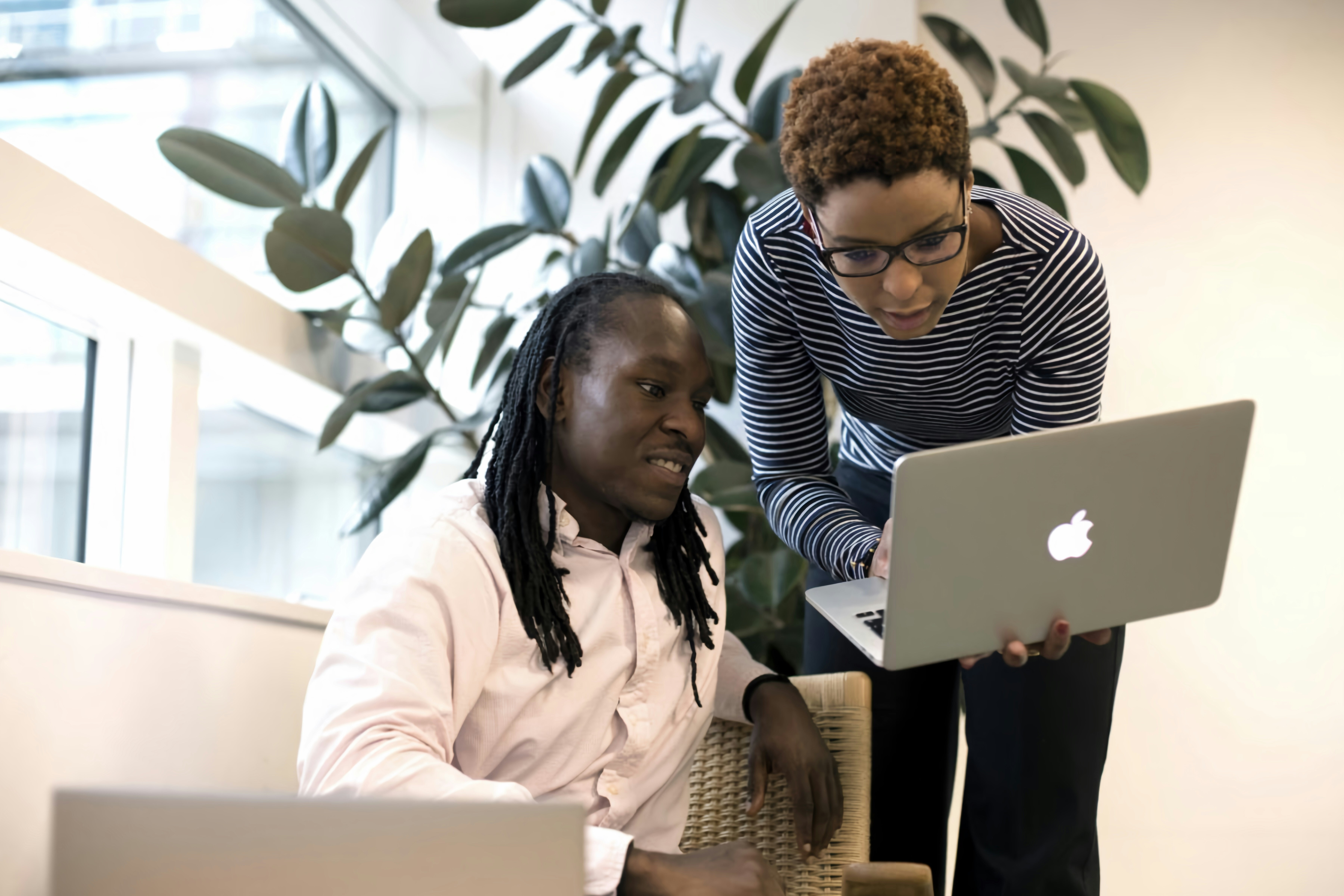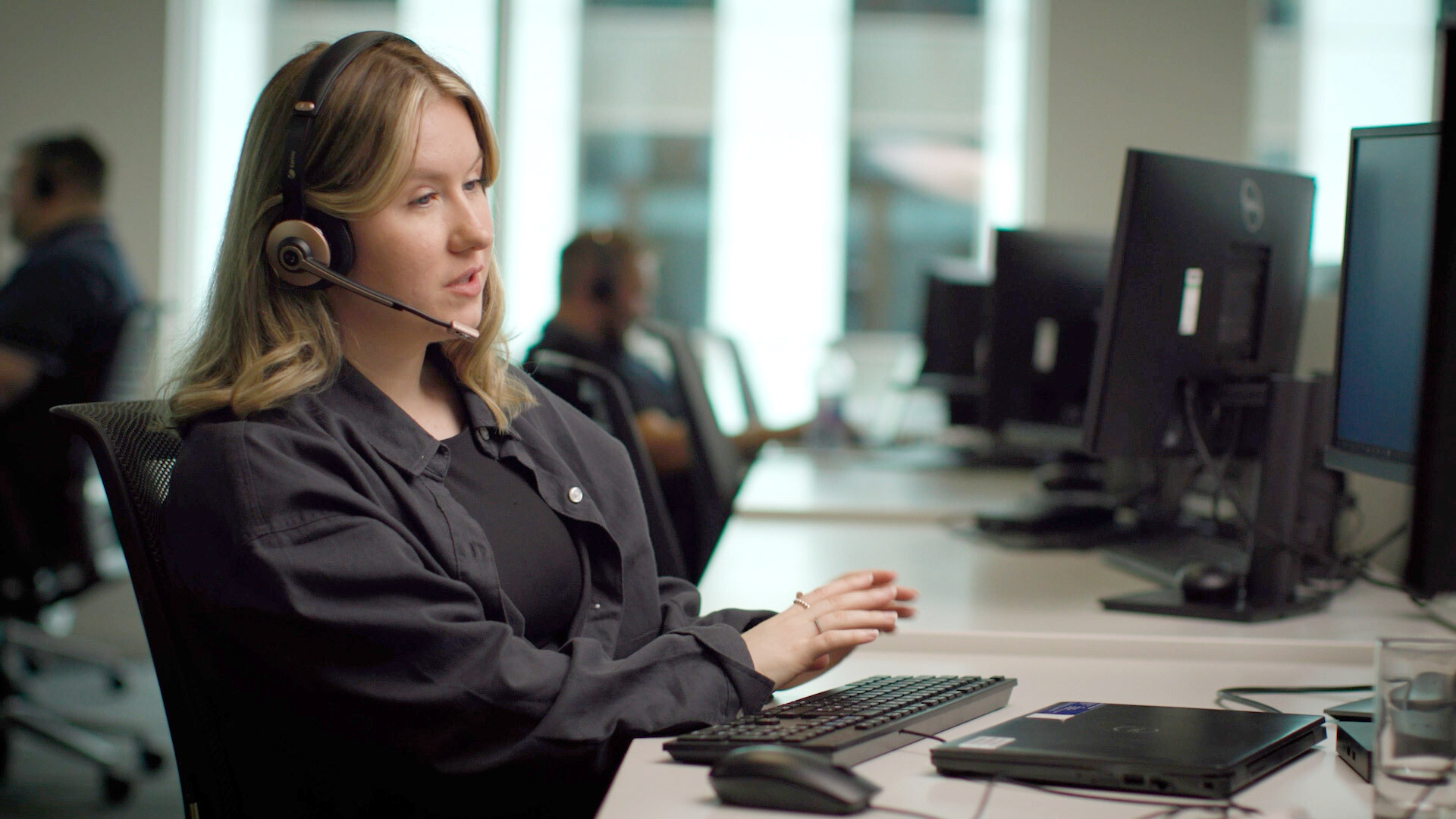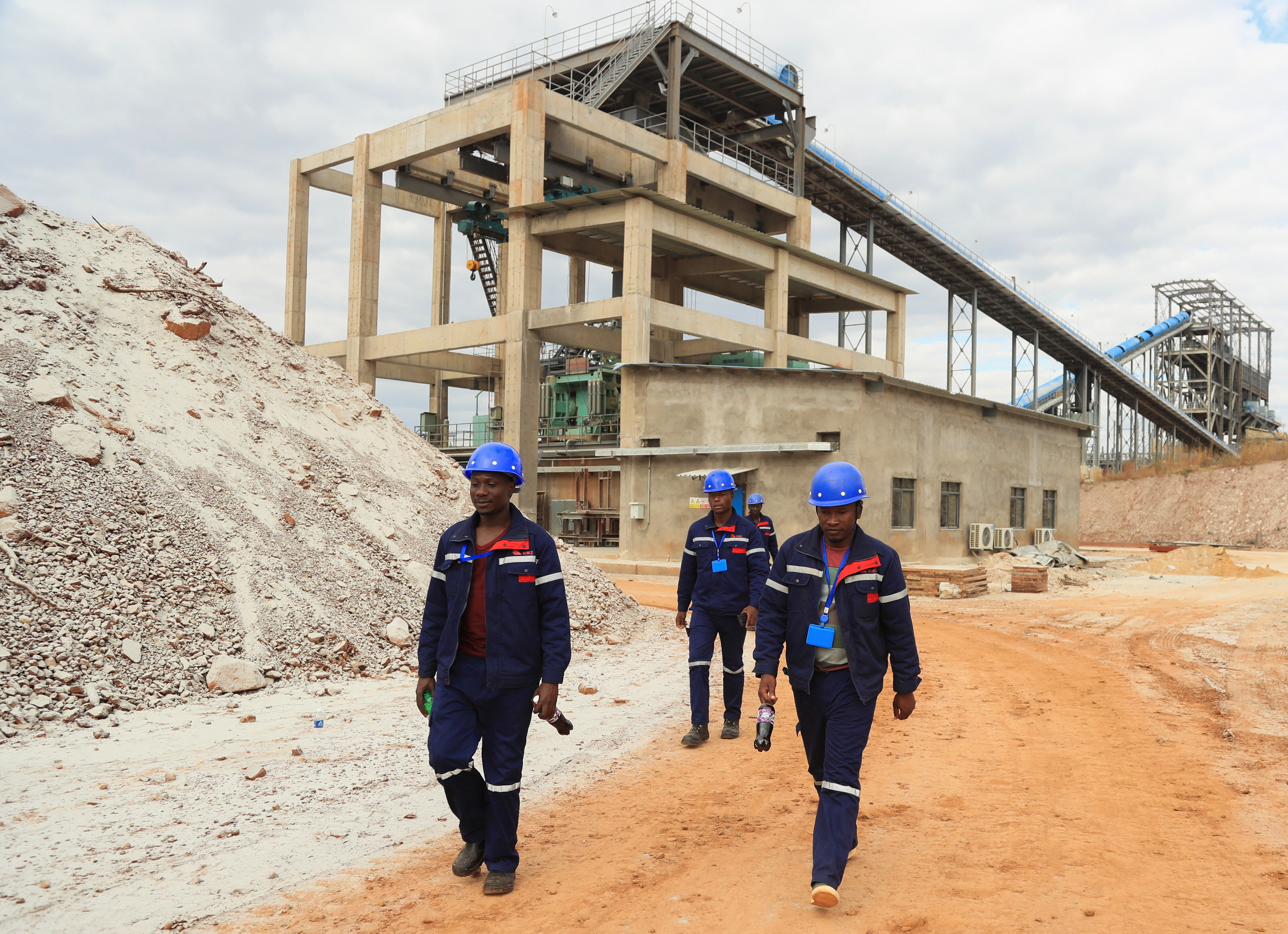5 books that will help you understand the world of work going into 2022

5 books have been selected by MIT which offer business advice through 2021 and beyond. Image: UNSPLASH/Priscilla Du Preez
- As COVID-19 continues, many people are still looking for answers about how the pandemic is shaping business.
- Below are 5 books which address some of the most pressing issues about the world of work.
As the tumult of 2020 continues into 2021, people are looking for illumination. How is COVID-19 reshaping supply chains, and what can we learn from the vaccine rollout? What will work look like going forward, and how can we succeed while working remotely?
These five books provide a look at these pressing issues, as well as long-standing topics such as how to navigate the future of automation and how to invest wisely.

MIT Sloan professor Andrew Lo and Ivey Business School’s Stephen R. Foerster
Few people would turn down investment advice from Nobel economists and “Wall Street’s wisest man.” In their book, Lo and Foerster offer a look inside the minds of 10 investment luminaries, including Myron Scholes, Robert Merton, and Robert Shiller, for advice about diversification, market timing, and whether it’s possible to achieve that right mix of risk and reward.
The authors also outline seven principles for developing a “perfect portfolio” — which is “all about adapting to our current income, our spending habits, our financial goals, the environment, and expected returns.”
MIT Sloan senior lecturer Robert Pozen and technology writer Alexandra Samuel
It’s clear that remote work is more than a pandemic trend. Pozen and Samuel encourage everyone from early career-goers to managers to approach working from home with the mindset of a “business of one,” embracing the habits and mindset of a small business owner.
“That’s because every single home office is, essentially, its own freestanding enterprise,” the authors write. “Thinking of yourself as Remote, Inc. means you have the responsibility and accountability of a business owner, but also the flexibility and independence.”
Beyond employee mindset, this model depends on great managers who help employees to be both individually productive and to contribute to the overall success of the team.
MIT economist Daron Acemoglu
Artificial intelligence promised to boost productivity and improve medicine, transportation, and workplaces. But AI research and development has fallen short, with the technology threatening democracy and individual freedoms, MIT professor Daron Acemoglu argues in the lead essay for Redesigning AI, a Boston Review book.
“Our current trajectory automates work to an excessive degree while refusing to invest in human productivity; further advances will displace workers and fail to create new opportunities,” Acemoglu writes. But the path of AI is not predetermined, he notes: “The future of AI is still open and can take us in many different directions.” Government involvement, norms setting, and democratic oversight could help correct course.
Acemoglu’s essay is followed by short responses from AI researchers, labor advocates, economists, philosophers, and ethicists.
MIT Media Lab researcher Kate Darling
Darling, an expert in robot ethics and policy, takes a new look at how humans can approach our relationship with robots — looking at how we interact with animals. Like animals, robots are likely to supplement human workers, not replace them. Darling looks at how robots — like animals in the past — are becoming integrated in human spaces and systems, the emerging development of robot companions, and the “very futuristic-sounding realm” of robot rights.
“Historians and sociologists have long used animals to think about what it means to be human, but animals also have a lot to teach us about our relationship with robots,” Darling writes. “The robotic technologies that are increasingly woven into the fabric of our daily lives bring questions and choices that we, as societies, will face.”
MIT professor Yossi Sheffi, director of the MIT Center for Transportation and Logistics
The race to create a COVID-19 vaccine, which was developed in less than a year, has been compared to the 1960s campaign to put people on the moon. But the moon race was easier in several ways, Sheffi writes in his new book. While NASA needed to develop rockets to carry a few astronauts to the moon, billions of units of a safe and effective vaccine were needed for billions of people. NASA was given eight years to reach the moon, but the vaccine needed to be developed as soon as safely possible.
Sheffi looks at the scientific knowledge that made the vaccine possible, how it was mass produced and distributed by various governments, and how vaccine providers had to overcome disinformation and persuade people to get the vaccine. Developers had to overcome material shortages — for example, glass vials were needed to keep the vaccine cold — and industrial capacity to create whole supply chains. The logistics effort was like getting the hottest new toy out to retailers’ shelves for the holidays, “but with the added pressure that impediments and delays in distribution would mean that more people would die,” Sheffi writes. The various results provide valuable lessons about how to handle launching products with high demand.
Don't miss any update on this topic
Create a free account and access your personalized content collection with our latest publications and analyses.
License and Republishing
World Economic Forum articles may be republished in accordance with the Creative Commons Attribution-NonCommercial-NoDerivatives 4.0 International Public License, and in accordance with our Terms of Use.
The views expressed in this article are those of the author alone and not the World Economic Forum.
Stay up to date:
Future of Work
Related topics:
Forum Stories newsletter
Bringing you weekly curated insights and analysis on the global issues that matter.
More on Jobs and the Future of WorkSee all
Sebastian Reiche
November 19, 2025






